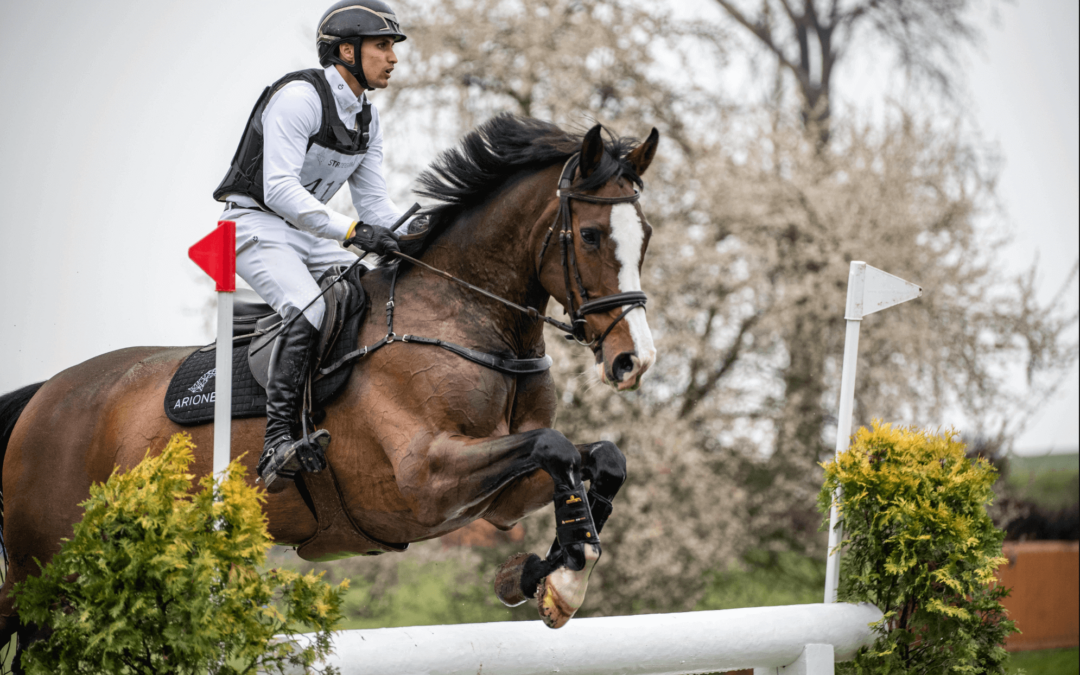
Mar 15, 2023 | Locomotion, Physiology, Welfare
Accueil 9 Category: Physiology Horse muscular disorders can have serious consequences for both health and performance. Muscles are necessary for movement, balance, and stability, and any muscular loss or dysfunction can result in a deterioration in the...

Jan 30, 2023 | Physiology, Welfare
Home 9 Category: Physiology “In horses, there is a close relationship between cardiac capacity and athletic performance. Cardiac morphology and function evolve with training, which can lead to the appearance of arrhythmias or murmurs. A good knowledge of...

Jan 17, 2023 | Interviews, Physiology
Home 9 Category: Physiology We had the chance to talk to Fouaad Mirza, an international eventing rider, about his use of EQUIMETRE. Discover, through this discussion, how he trains his horses and integrates the connected sensor into his daily routine. Could you...

Nov 18, 2022 | Locomotion, Physiology, Welfare
Home 9 Category: Locomotion analysis “No abs, no back”. To be in a healthy physical shape, the horse must be well exercised, and the training of its back muscles – and its abdominal muscles – is a key element. Because of the anatomical...

Oct 21, 2022 | Physiology
Home 9 Category: Physiology Connected sensors now allow for the monitoring and evaluation of each horse’s physical activity, thanks to medical precision and a multitude of functions that can be tailored to the needs and objectives set. The benefits of these...

Sep 29, 2022 | Physiology, racehorse training, Welfare
Accueil 9 Category: Welfare ( Page 2 ) The recovery of an eventing horse is a crucial component to keeping him healthy during high-intensity efforts. Eventing is one of the most demanding Olympic disciplines. It is organized into three distinct events: dressage,...







